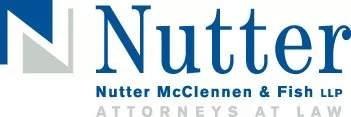A website recently launched that aggregates individual examiner data in real-time to provide practitioners with information they may find helpful in determining prosecution strategies that may be effective in achieving allowance before a particular examiner. The website, known as Examiner Ninja, allows a user to look-up data about any examiner at the United States Patent and Trademark Office (USPTO). The website presents data about allowance rates when various prosecution strategies are utilized, and also provides data about how quickly an examiner takes particular types of action during prosecution. The data is provided for each examiner, and each individual examiner's data is compared to the same data for all examiners in that particular examiner's art unit, and to all examiners at the USPTO.
The Examiner Ninja website currently provides five navigable tabs per examiner:
- An "OVERVIEW" tab provides data about allowance rates for the examiner;
- A "STRATEGIES" tab provides data about how allowance rates for the examiner change in instances where an examiner interview is conducted, where an appeal is filed, and where a Request for Continued Examination (RCEs) is filed;
- A "HISTORY" tab aggregates the number of cases that were issued, abandoned, and pending each year for the examiner, as well as provides a current status of recently published cases for the examiner;
- A "TIMINGS" tab illustrates the number of days the examiner takes on average to: (a) issue a first rejection; (b) issue a first final rejection; (c) enter a notice of abandonment; (d) or have an application issue; and
- A "COMMENTS" tab allows users to share comments they may have about their prosecution experience with the examiner.
Each of the "OVERVIEW," "STRATEGIES," and "TIMINGS" tabs provides comparative data with respect to the examiner's art unit as a whole, and with respect to the USPTO as a whole.
Before you dive into your next file, take a few minutes to see if the data about the examiner handling your case may suggest a particular strategy for achieving allowance.
Originally published on April 14, 2016
This update is for information purposes only and should not be construed as legal advice on any specific facts or circumstances. Under the rules of the Supreme Judicial Court of Massachusetts, this material may be considered as advertising.

